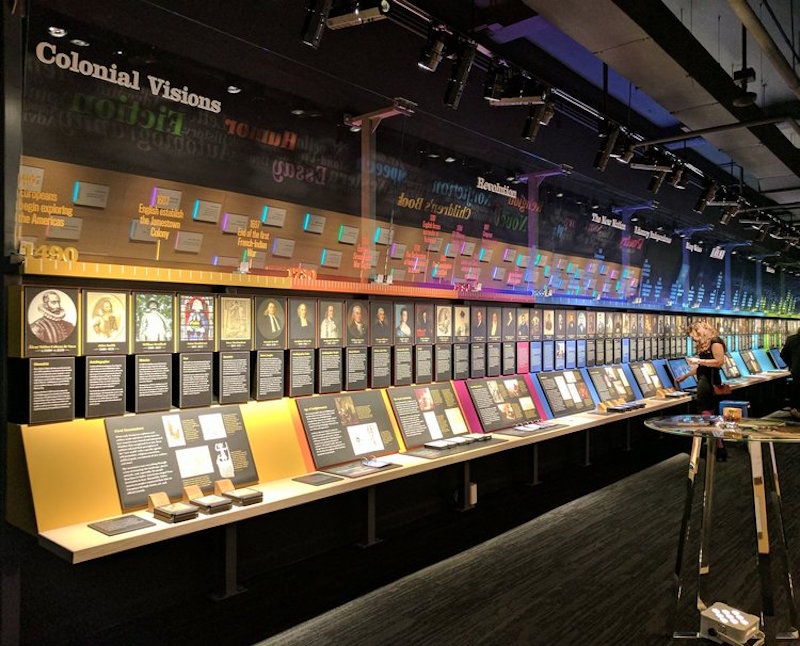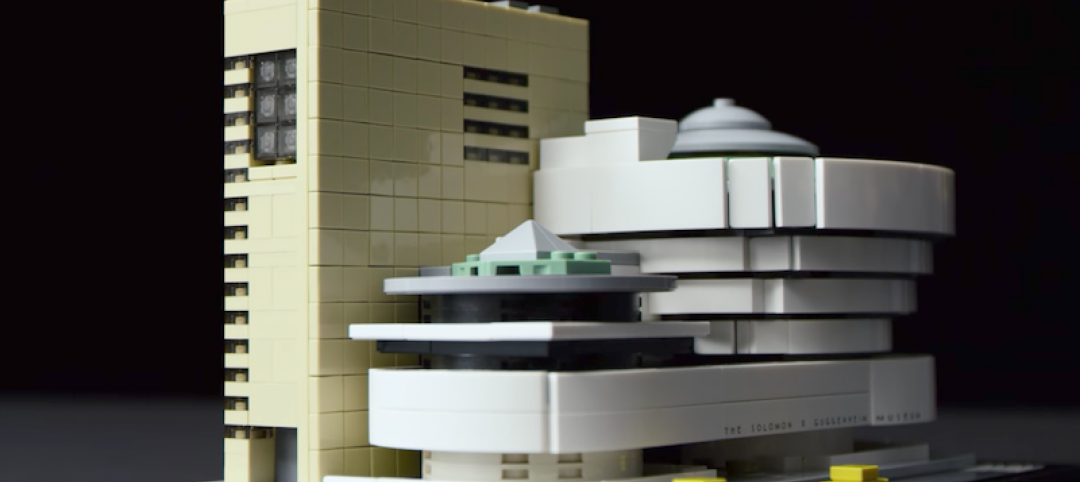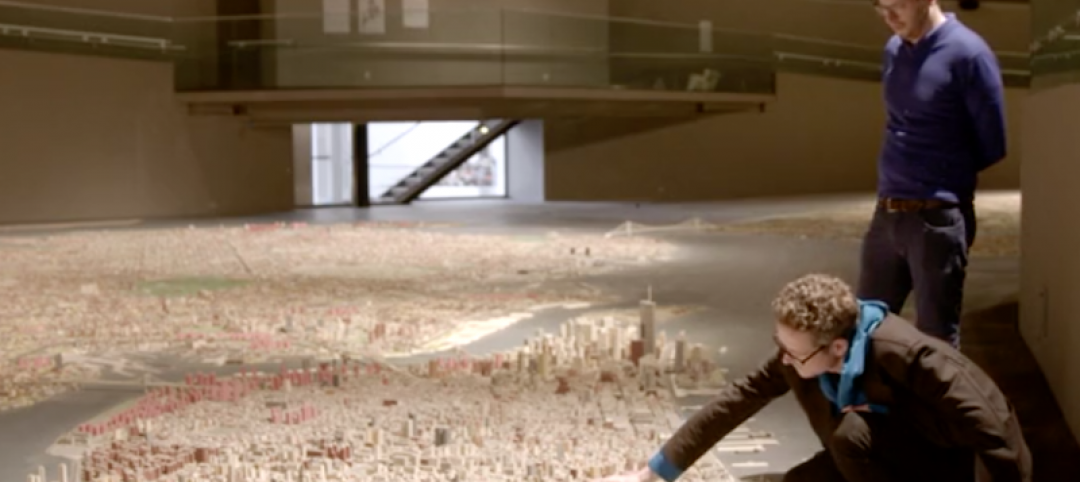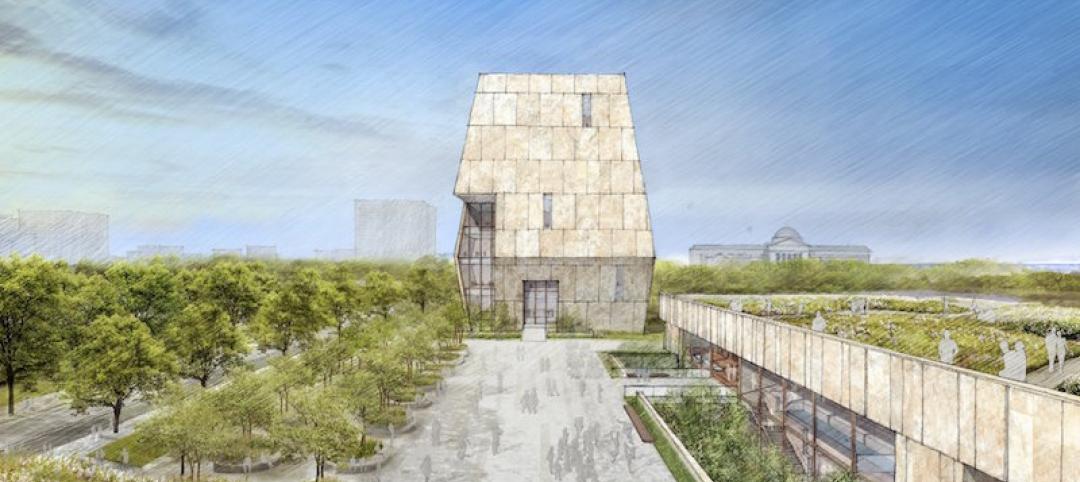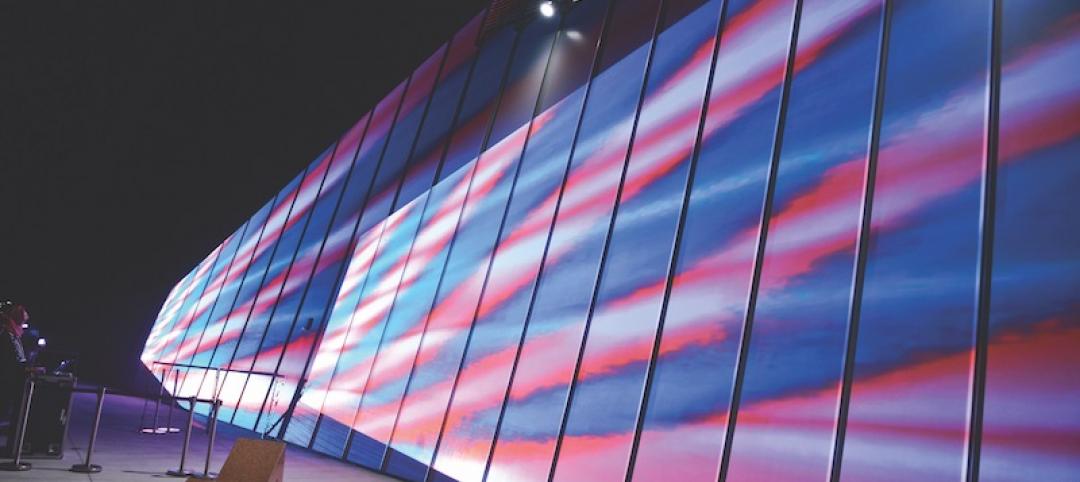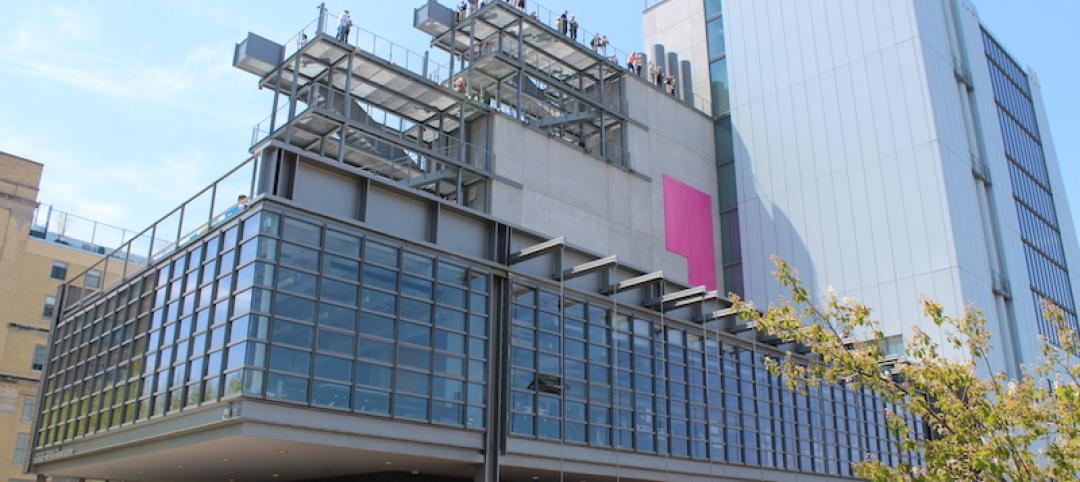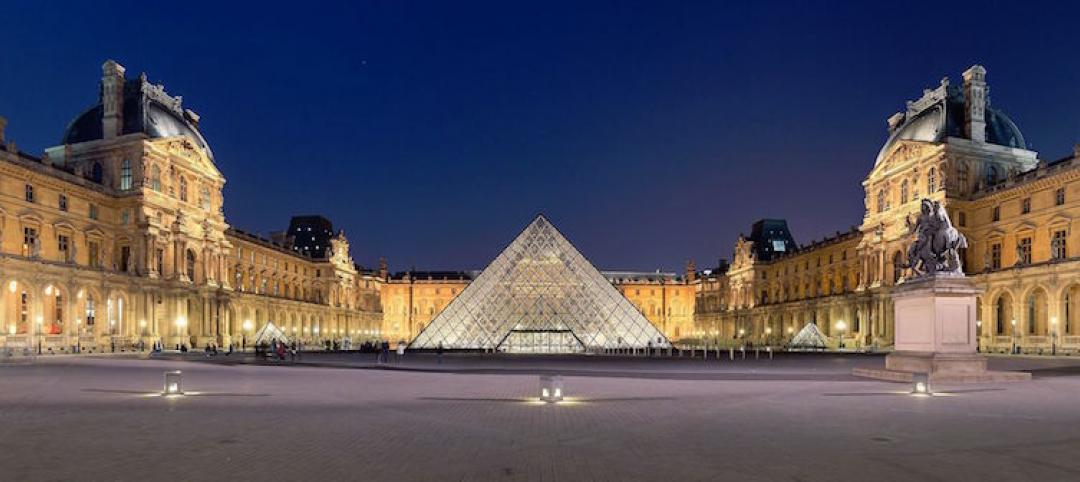Located in an ordinary building whose bottom floor is occupied by a bank at 180 N. Michigan Avenue is a museum the likes of which can’t be found anywhere else in the country. The American Writers Museum, a project seven years in the making, officially opened to the public on May 16.
According to project designer Amaze Design, the museum is “the first national museum in the United States dedicated to the celebration of American writers and the exploration of their influences on our history, our identity, our culture, and our daily lives.”
A small museum dedicated to American writers sitting one floor above a bank in a non-descript Chicago building may at first sound like the type of museum you stumble across while on a cross-country road trip: the New England Maple Museum, the National Mustard Museum, or the broadly (and most definitely aptly) titled Museum of the Weird. The American Writers Museum could very easily have taken on the appearance of a musty, forgotten corner of a local library; the acidic, vanilla-laced smell of old books heavy in the air.
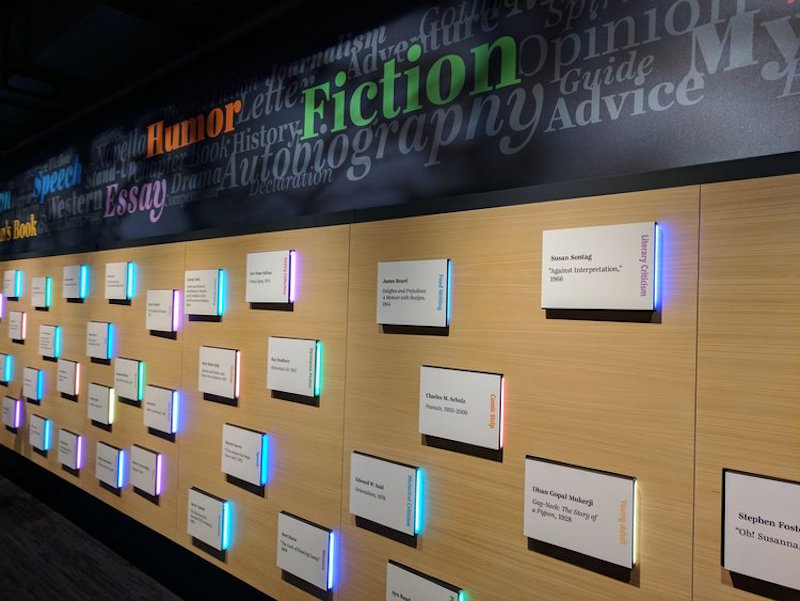 Photo courtesy of Amaze Design.
Photo courtesy of Amaze Design.
The museum didn’t go in that direction, however. Instead, perhaps ironically, the museum dedicated to the greatest Americans to ever lay ink on paper integrates a heavy dose of technology into the museum’s 10,000 sf.
Bright colors, colored lights, and large, interactive touchscreens highlight the space. “The museum covers the breadth and range of American writers through unexpected, in-depth, immersive, and hands-on exhibits,” according to the architect.
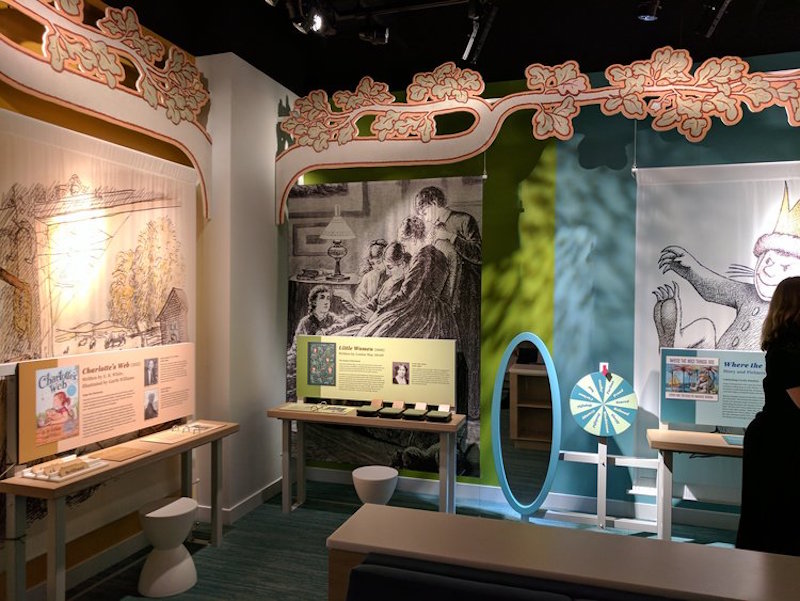 Photo courtesy of Amaze Design.
Photo courtesy of Amaze Design.
Included in the museum are permanent exhibitions highlighting Chicago writers, a children’s literature gallery, and a “Word Waterfall.” Current temporary exhibits include Jack Kerouac’s original manuscript scroll for On the Road and Palm, an exhibit inspired by the life and work of the American poet W.S. Merwin.
Amaze Design was responsible for all design, research, media production, and fabrication and installation, which were accomplished through collaborative partnerships.
The project had a budget of $10 million.
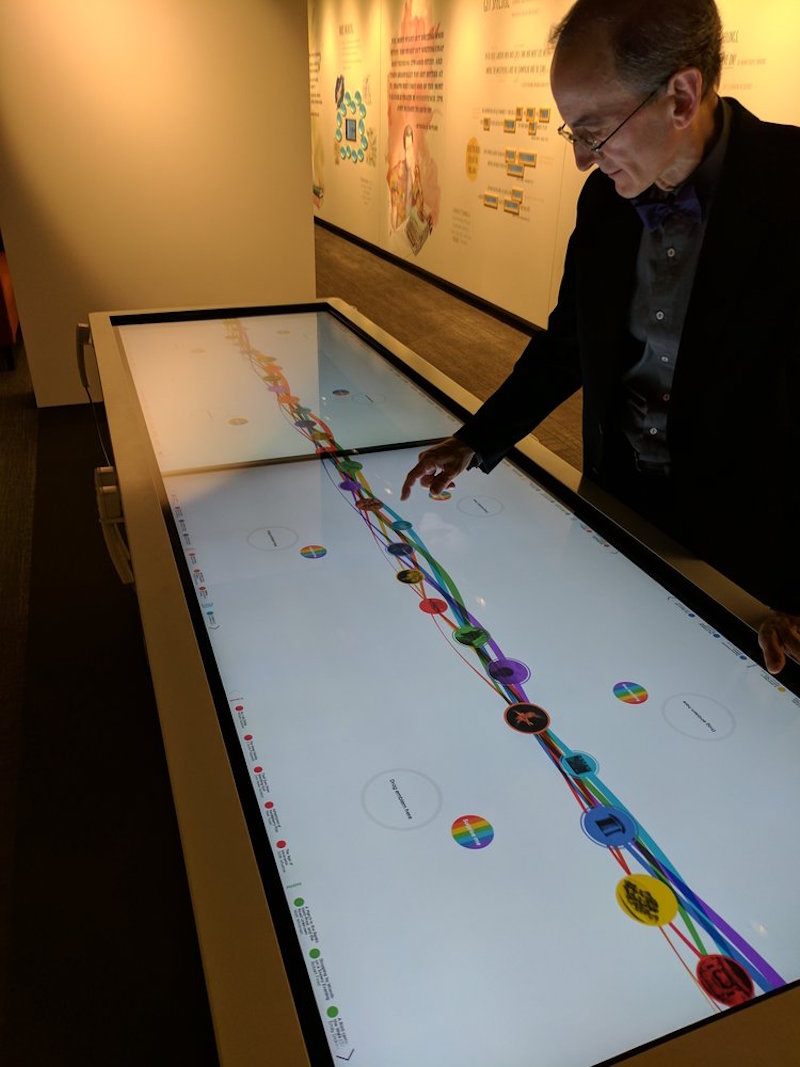 Photo courtesy of Amaze Design.
Photo courtesy of Amaze Design.
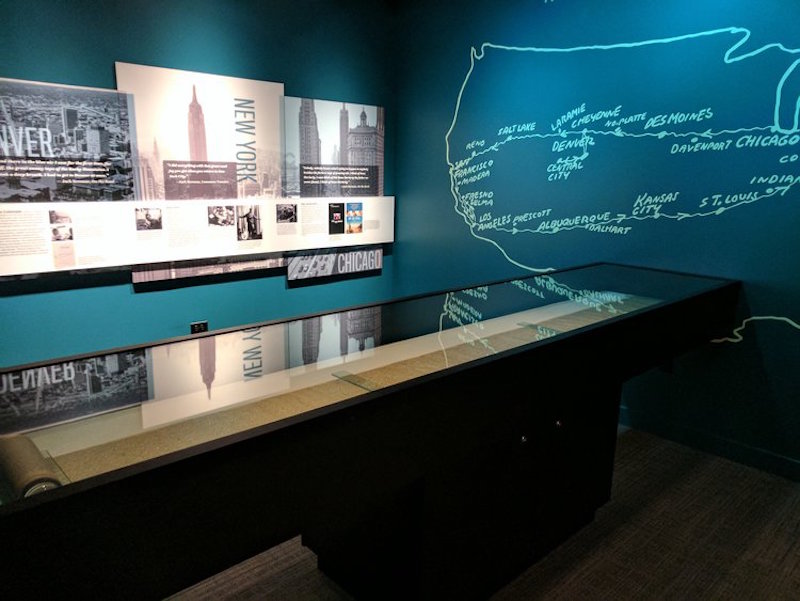 Photo courtesy of Amaze Design.
Photo courtesy of Amaze Design.
Related Stories
Architects | Jun 7, 2017
Build your very own version of Frank Lloyd Wright’s Guggenheim Museum with this new LEGO set
744 LEGO bricks are used to recreate the famous Wright design, including the 1992 addition.
Museums | May 25, 2017
The museum as workspace
Many museum staff are resistant to the idea of open offices.
Architects | May 23, 2017
Queens Museum exhibit shows New York City as it could have been
The installation will showcase 200 years worth of unrealized Big Apple projects via original drawings, renderings, newly commissioned models, and 3D visualizations.
Cultural Facilities | May 4, 2017
Obama Foundation reveals first look at the Obama Presidential Center
The design comprises three buildings set in the public space of Jackson Park on Chicago’s South Side.
Art Galleries | Apr 21, 2017
The Odunpazari Modern Art Museum pays homage to Ottoman Empire era architecture
The wooden façade is a link to the history of the area as a wood market.
Art Galleries | Apr 14, 2017
Activating exteriors as gallery space
Owners would like to get more value from their exterior spaces. One architecture firm details how it made that happen for the new Whitney Museum.
Museums | Jan 19, 2017
Turning museums inside out: White paper addresses the value of exterior gallery space
Many contemporary museum designs are beginning to utilize the exterior wall space to display art that can help attract new audiences.
Museums | Dec 15, 2016
The design of the Shanghai Planetarium draws inspiration from astronomical principles
Housed within the 400,000-sf building will be the world’s largest planetarium theater.
Museums | Dec 15, 2016
The Grand Louvre - Phase I honored with AIA Twenty-five Year Award
The award recognizes an architectural design that has stood the test of time for 25 years.
Sponsored | Museums | Dec 1, 2016
Monumental museum features Fluropon to highlight heritage and high-esteem
The building is an important landmark for the nation, and is built on the last available spot on the National Mall in Washington D.C.


